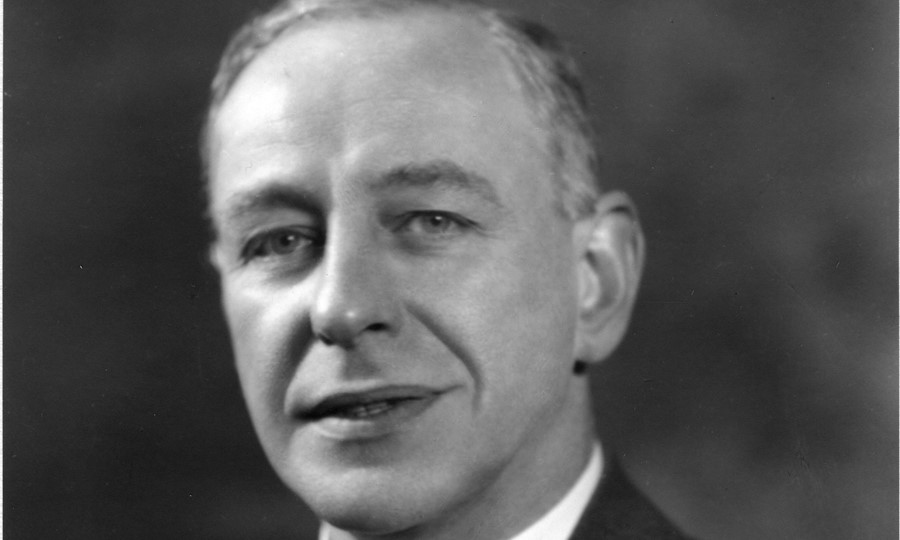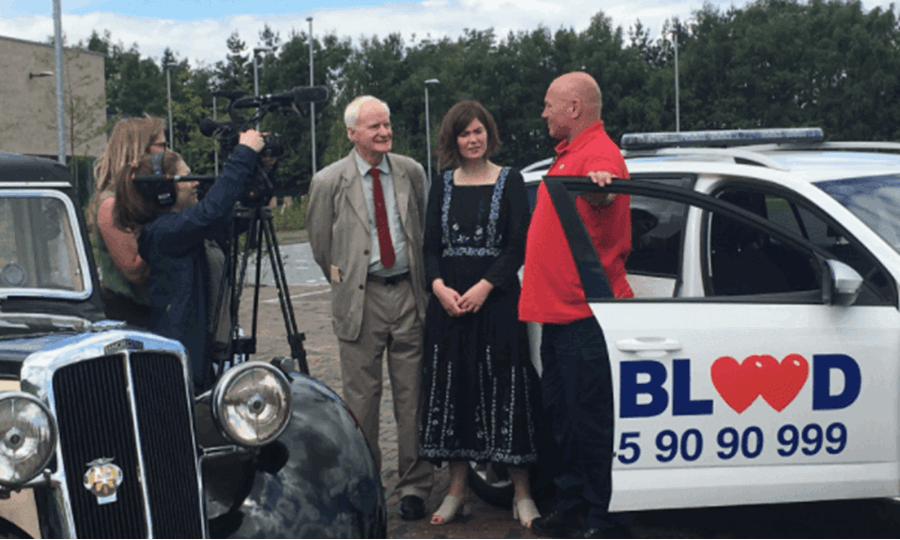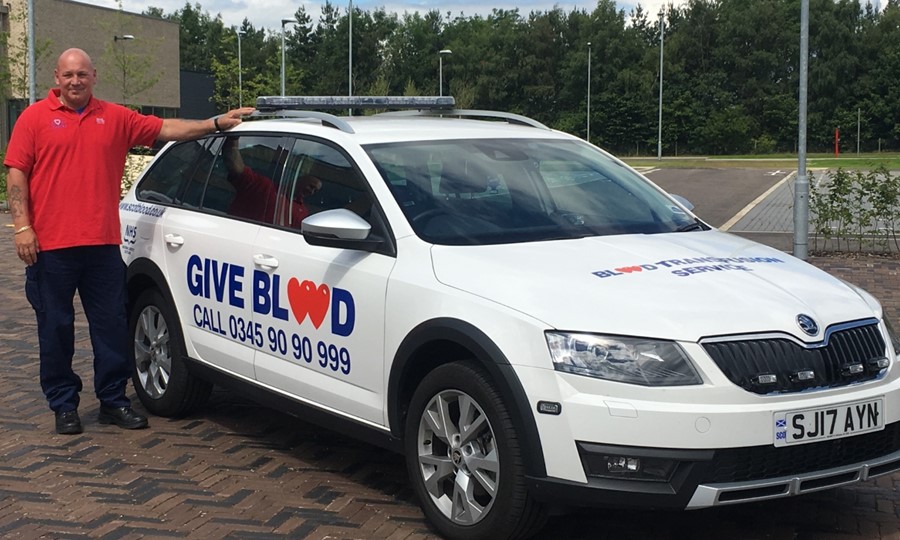Jack Copland and what drives the blood transfusion service
During the summer a team from the BBC’s ONE Show joined us at SNBTS to make a film about the history of our Service.
In 1930, an Edinburgh dentist called Jack Copland brought together the first panel of blood donors, and ran Scotland’s first blood transfusion service from his surgery at Gilmore Place.

Donors would give blood as and when it was needed, often having to travel to hospital at short notice when an emergency transfusion was needed. When calls came in late at night, Jack’s teenage son John would answer them, then drive his father’s car to collect a donor and take them to the hospital.
John’s son Howard Copland was involved in the film, telling The ONE Show about the role his dad played in the early Service, and how much he enjoyed driving his father’s car.

Now, SNBTS has a whole team of drivers who take processed blood and blood products to hospitals throughout Scotland and the rest of the UK where necessary. We have a fleet of vehicles which transport collected donations back to our laboratories for processing and other large vehicles which transport staff and equipment to and from community collection sessions.
When emergency calls for blood come in, our specially-trained team of 29 emergency drivers are ready to respond, working on an on-call rota for urgent deliveries 24 hours a day, 365 days a year. Our ‘blue-light’ team are trained by the Scottish Ambulance Service where they learn advanced driving skills throughout a four-week practical course and must pass four exams in order to complete emergency drives.

- To find out more about Jack Copland and what drove the first blood transfusion Service in Scotland to watch our film here on our YouTube channel.
